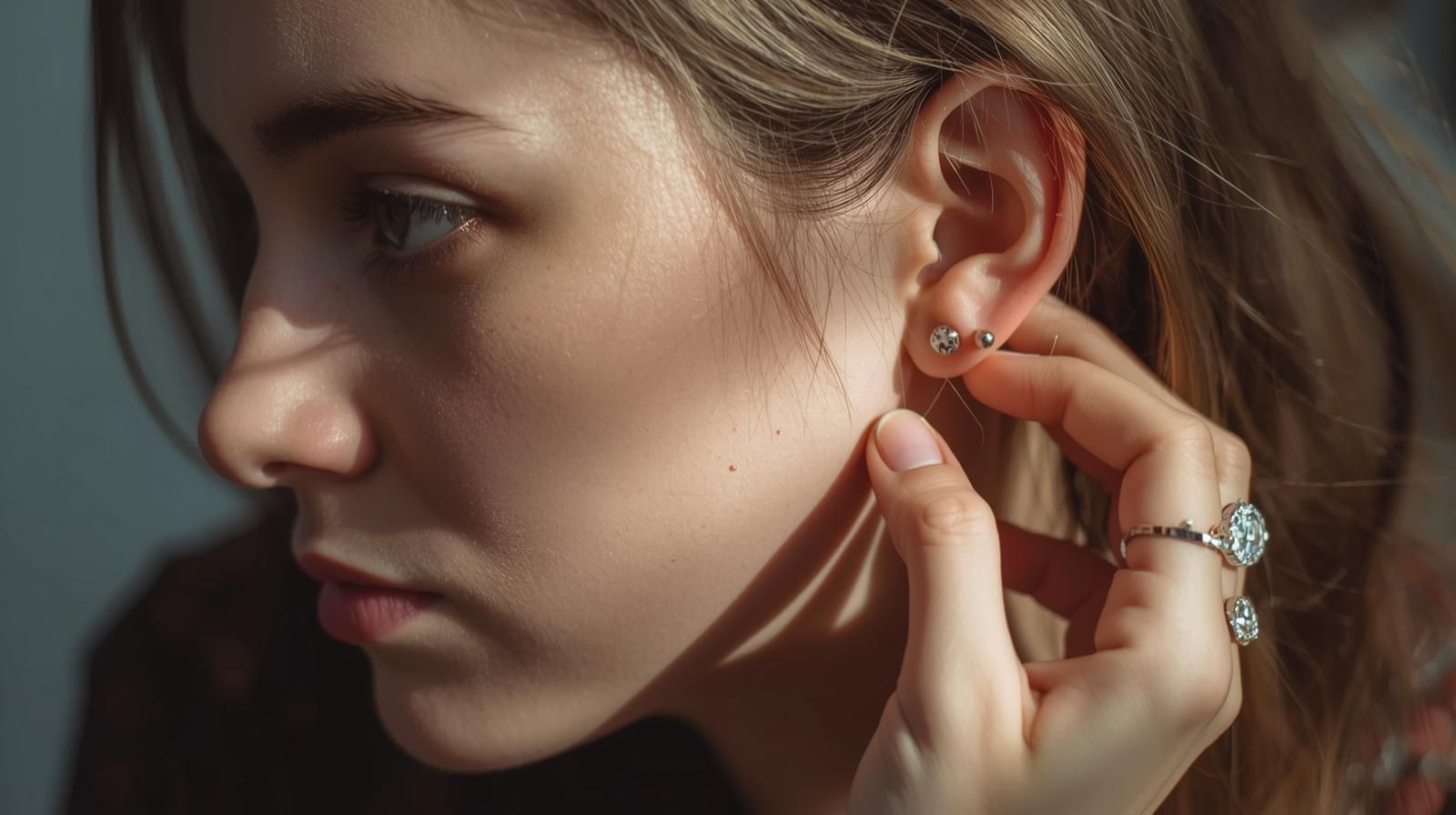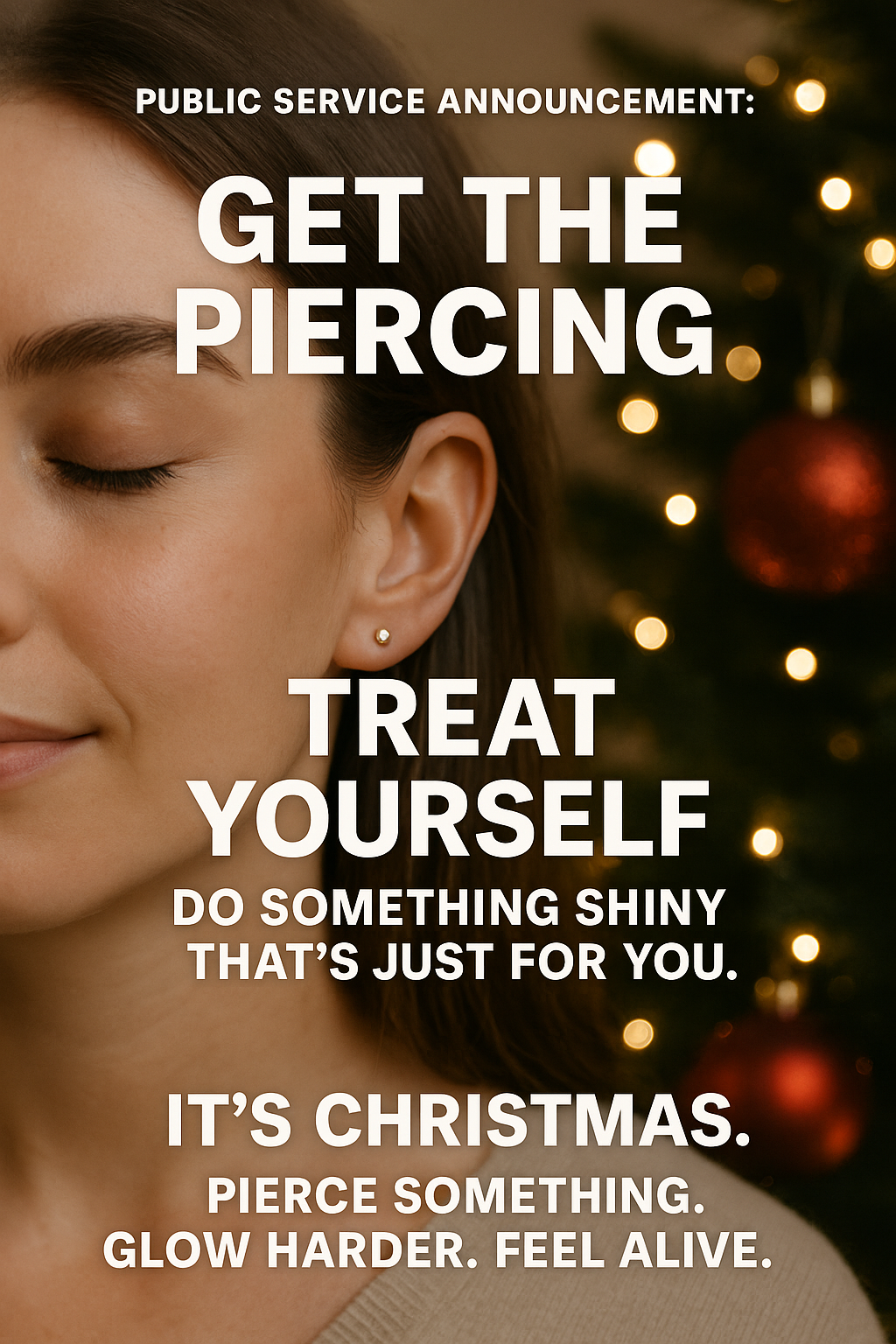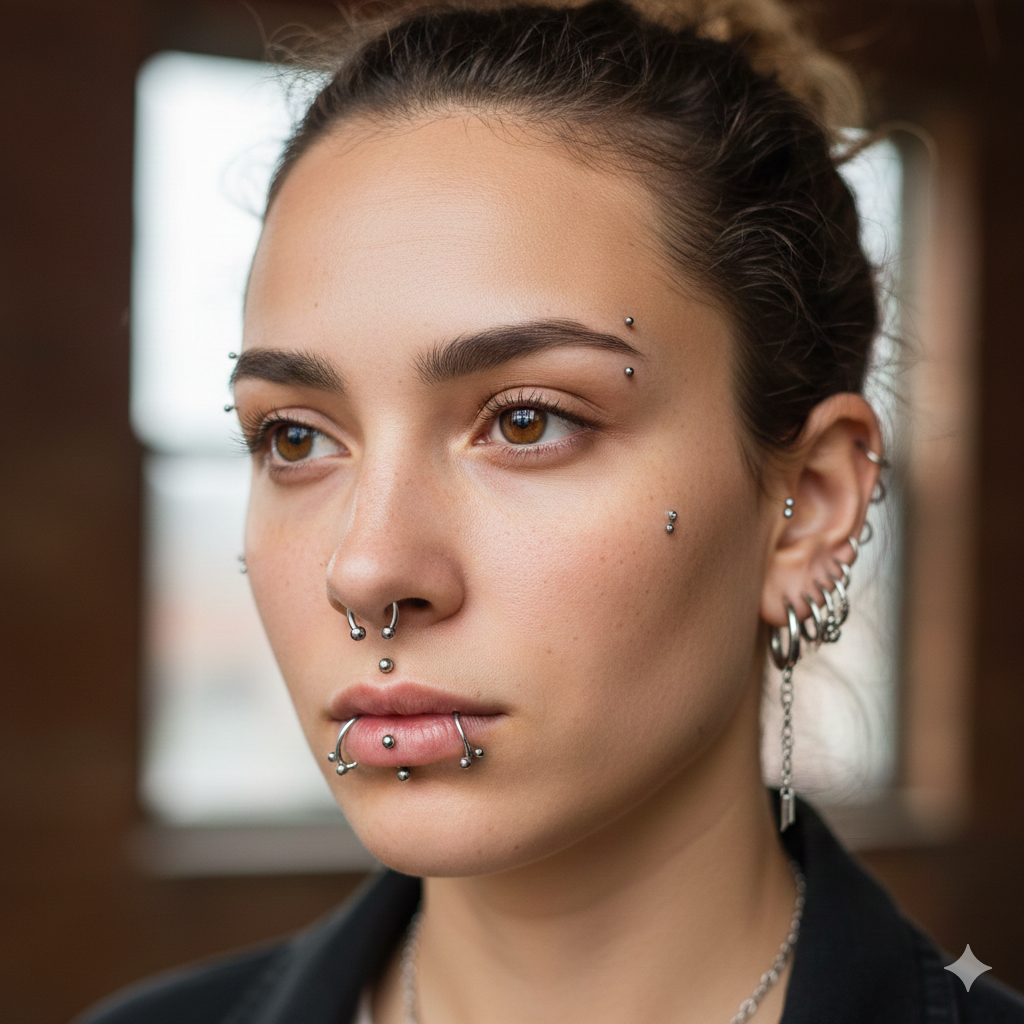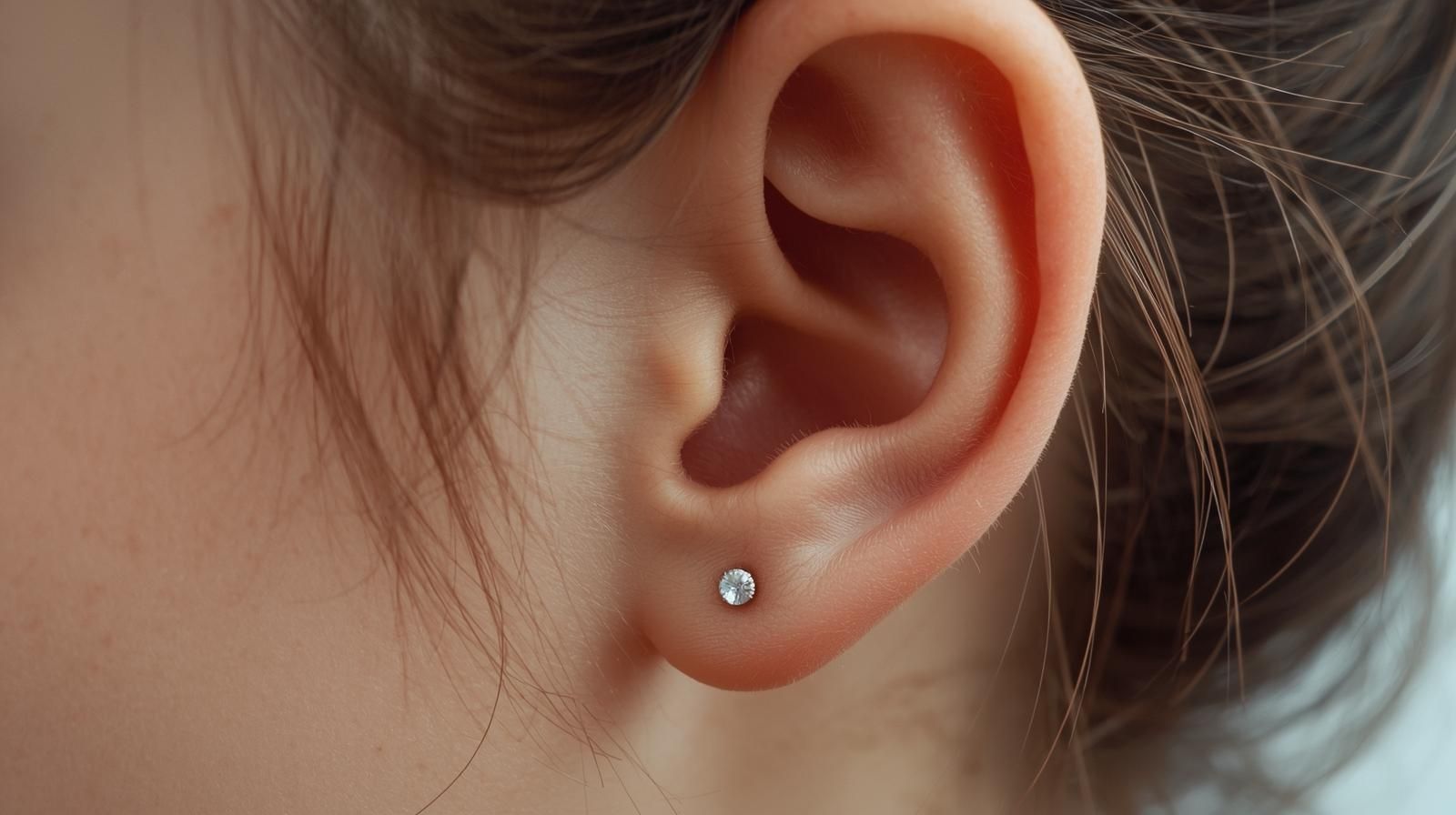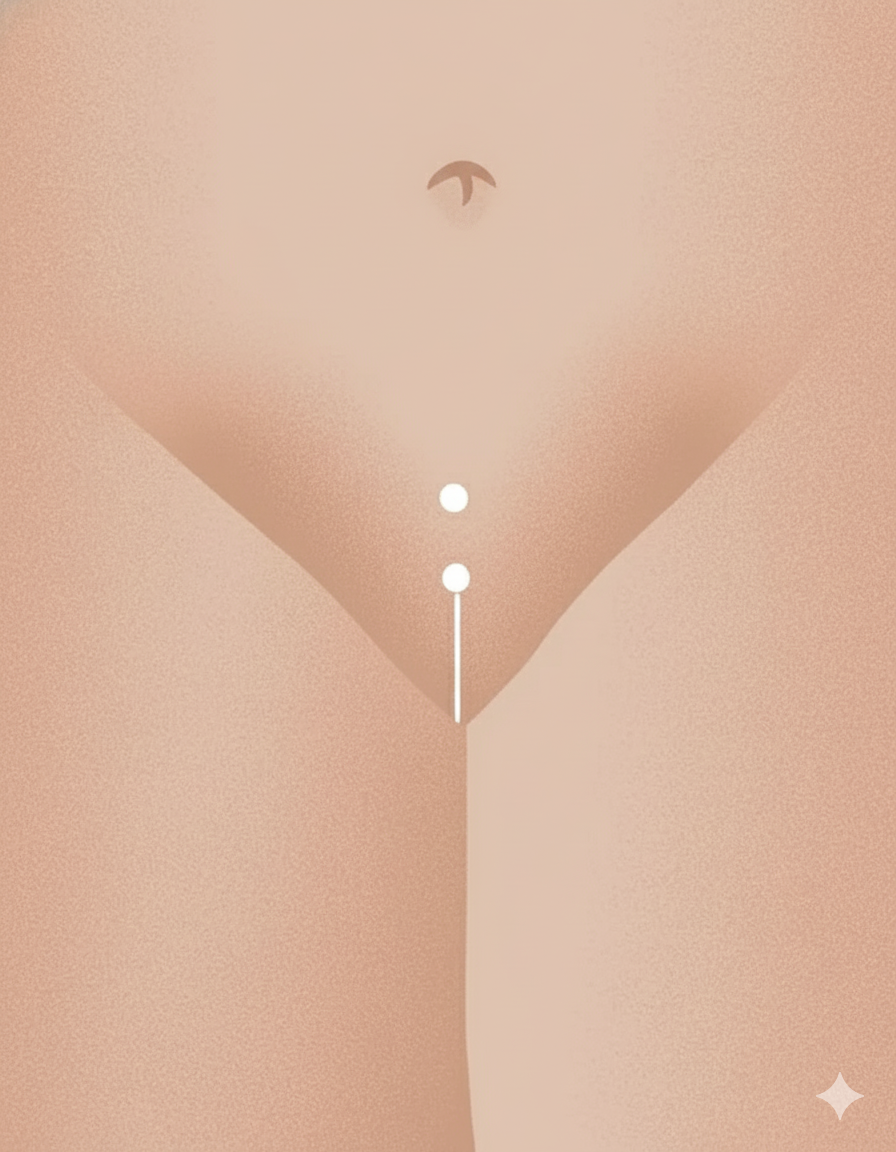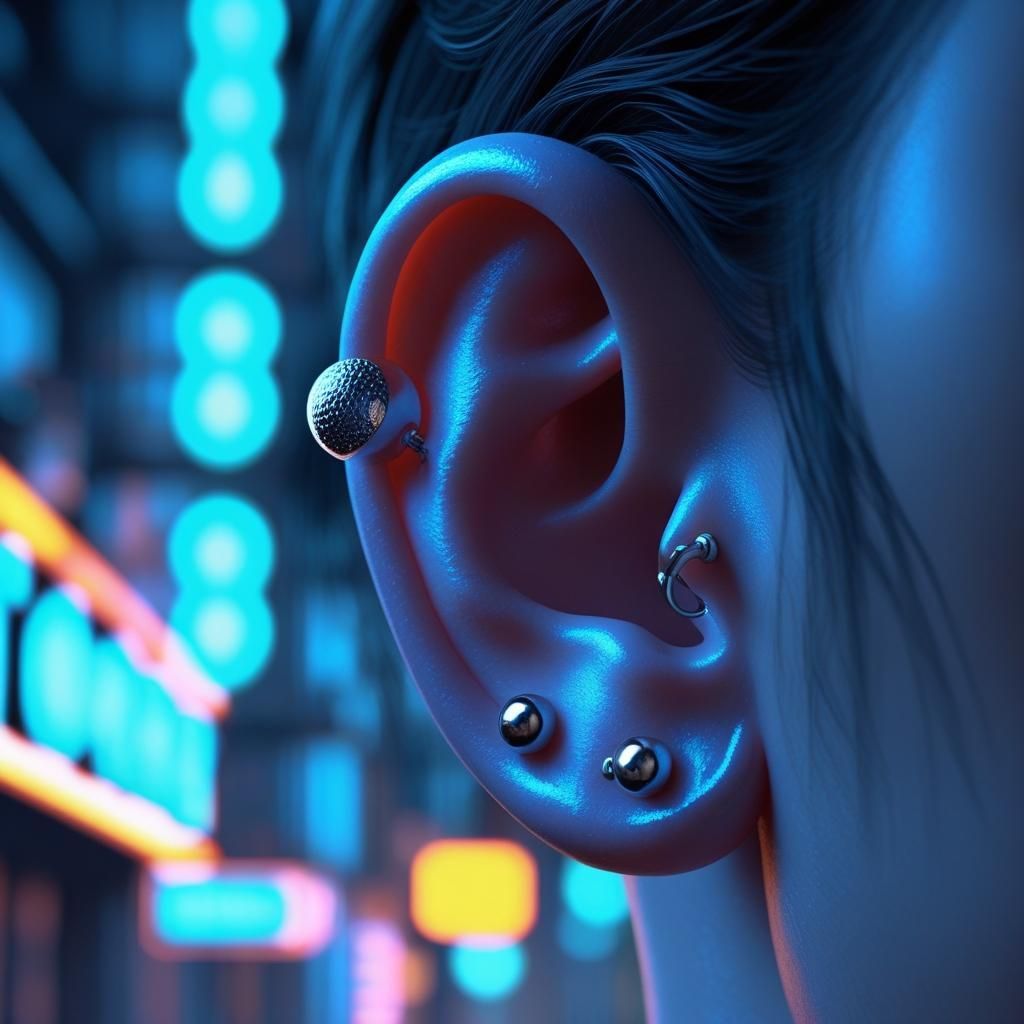Understanding Sean Dubss: Anatomy & Piercing
Introduction
In the intricate world of body modification, piercing stands as a unique blend of both art and science. This meticulous practice demands not only creativity but also an in-depth understanding of human anatomy to ensure that each piercing is aesthetically pleasing, safe, and enduring. At Impulse BioWorks, situated in the culturally vibrant Temple Bar district of Dublin, we pride ourselves on mastering this complex balance. Our lead expert, Sean Dubss, has earned a reputation for his adeptness in navigating challenging anatomies, offering piercing solutions where others have hesitated or even refused. This comprehensive blog aims to delve into the nuances of anatomy within the realm of piercing, addressing common myths, and providing guidance for those embarking on this personal journey of self-expression.
The Importance of Anatomy in Piercing
Piercing is far more than the simple act of puncturing the skin; it requires a comprehensive understanding of human anatomy to ensure that the placement not only enhances visual appeal but also prioritises safety. Understanding anatomy is crucial in determining the feasibility and success of a piercing. Here’s why:
Tissue Type
Different parts of the body consist of a variety of tissue types, each influencing how a piercing heals and its eventual appearance. For instance, cartilage piercings, such as those in the helix or tragus, necessitate more careful consideration due to the dense and less vascular nature of cartilage compared to softer tissue like the earlobe. This distinction is illustrated by the common experience of quicker healing times and fewer complications in lobe piercings. A notable case study from Impulse BioWorks highlighted the differences in healing dynamics between a lobe and a tragus piercing, where the latter required additional aftercare due to its cartilage composition. Furthermore, understanding the cellular makeup of these tissues enables piercers to anticipate potential issues such as hypertrophic scarring and to implement strategies that mitigate these risks.
Blood Supply
Areas with a rich blood supply tend to heal faster, making the understanding of vascular structures essential in selecting piercing sites that minimise healing complications. For example, the earlobe, with its abundant blood supply, encourages quicker healing compared to the navel, where circulation is less robust. In practice, this knowledge allows piercers to predict healing timelines and set realistic expectations for clients. A notable case involved a client whose slow-healing navel piercing was managed with modified aftercare instructions that took into account the unique vascular characteristics of the area. Detailed knowledge of vascular anatomy also aids in selecting the appropriate jewellery to prevent unnecessary pressure on blood vessels, facilitating smoother healing.
Nerve Endings
Certain body parts are dense with nerve endings, impacting pain sensitivity during and after the piercing process. A professional piercer like Sean Dubss considers this factor to ensure minimal discomfort and optimal placement. For example, the septum in the nose has fewer nerve endings than the nostril, often resulting in a less painful experience. In one instance, a client who was apprehensive about pain opted for a septum piercing based on Sean’s expert advice, finding the experience much more manageable than anticipated. Furthermore, understanding the distribution of nerve endings allows piercers to strategically place piercings in a way that minimises discomfort and enhances the overall experience for the client.
Common Myths About Anatomy and Piercing
“You Can’t Get Pierced Due to Your Anatomy”
A frequently heard statement in piercing studios is the refusal based on perceived anatomical constraints. However, this often stems from a lack of expertise rather than genuine anatomical barriers. Sean Dubss at Impulse BioWorks has repeatedly demonstrated that many perceived limitations can be overcome with skill and precision. For example, clients with flat or inverted navels have successfully received navel piercings through advanced techniques and customised jewellery choices, debunking the myth that certain anatomies are unsuitable for specific piercings. By employing innovative techniques such as the use of curved barbells or flexible jewellery, Sean has expanded the possibilities for clients previously turned away elsewhere.
Healing Times Are the Same for Everyone
Another prevalent myth is that all piercings heal at the same rate. In reality, healing times can vary significantly based on individual anatomy, lifestyle, and aftercare practices. Personalised aftercare advice is crucial to accommodate these differences. For instance, a study conducted at our studio revealed that two clients with identical cartilage piercings experienced vastly different healing timelines due to one having a physically demanding job that affected aftercare adherence. This underscores the importance of tailored aftercare regimens that consider each individual's lifestyle and anatomical nuances. Moreover, variations in nutritional habits, skin type, and environmental factors can also influence the healing process, necessitating a comprehensive approach to aftercare.
Expert Tips for Successful Piercings
Choose an Experienced Piercer
Selecting a piercer with extensive anatomical knowledge ensures that your piercing is not only aesthetically pleasing but also safe. An experienced professional can assess your anatomy and recommend suitable options. For instance, Sean Dubss’s extensive training includes a deep understanding of facial and body anatomy, which allows him to customise piercing placements that align with each client's unique anatomical features, enhancing both safety and visual appeal. This expertise is particularly crucial in complex piercings, such as industrial or orbital piercings, where precise alignment is essential to prevent misalignment and discomfort.
Discuss Your Medical History
Openly discussing any medical conditions, allergies, or previous piercing experiences with your piercer can help tailor the procedure to your needs, enhancing safety and comfort. For example, clients with a history of keloid formation can benefit from specific advice on piercing sites and aftercare routines to minimise risks. A client who once had a severe allergic reaction to a certain metal was guided through alternative jewellery options that accommodated their sensitivity, ensuring a safe and successful piercing experience. Additionally, clients with chronic conditions such as diabetes or autoimmune disorders may require specialised aftercare protocols to support optimal healing.
Follow Personalised Aftercare Instructions
Aftercare is critical in preventing infections and ensuring proper healing. A skilled piercer will provide customised aftercare instructions based on your specific anatomy and lifestyle. For instance, a client who regularly engages in swimming received specialised advice to protect their new piercing from potential chlorine irritation, demonstrating the importance of personalised care to promote optimal healing outcomes. Furthermore, the role of nutrition, hydration, and stress management in the healing process is often underestimated; clients are encouraged to adopt a holistic approach to aftercare to support their body's natural healing mechanisms.
Understanding Different Types of Piercings
Ear Piercings
The ear offers a variety of piercing options, from the simple lobe piercing to more complex cartilage piercings. Each type requires a distinct approach due to differences in tissue type and healing dynamics.
Lobe Piercing
This is the most common type of ear piercing, known for its relatively quick healing time due to the soft tissue involved. A client at Impulse BioWorks who opted for lobe piercings appreciated the straightforward aftercare and rapid healing, illustrating why this type remains a popular choice for first-time piercings. Additionally, lobe piercings offer great versatility in styling options, allowing clients to experiment with different jewellery styles and sizes as they become more comfortable with the piercing process.
Helix and Tragus Piercings
These cartilage piercings require careful placement and longer healing times. They are best done by experienced professionals to avoid complications such as keloid formation or infections. One client’s journey with a tragus piercing highlighted the importance of expert placement and ongoing aftercare consultations, which successfully mitigated the risk of hypertrophic scarring. Furthermore, the use of materials such as titanium or surgical steel, known for their biocompatibility and reduced risk of irritation, is often recommended for these types of piercings.
Facial Piercings
Facial piercings include the nose, eyebrow, and lip, each presenting unique challenges in terms of placement and healing.
Nose Piercing
Nose piercings can be placed in the nostril or septum, each requiring careful anatomical consideration to avoid complications and ensure aesthetic balance. A client’s decision to choose between a nostril and septum piercing was guided by Sean’s detailed explanation of anatomical differences, resulting in a choice that complemented their facial features and personal style. Additionally, the choice of jewellery, such as seamless rings or studs, can significantly influence the final aesthetic while also impacting the healing process.
Lip and Eyebrow Piercings
These piercings require precision to avoid nerve damage and to ensure they complement the natural contours of the face. For instance, eyebrow piercings must be placed with consideration of the supraorbital nerve, and lip piercings should enhance rather than disrupt the natural curve of the lips. Clients have reported enhanced confidence and satisfaction with their facial piercings when these factors are expertly managed. Moreover, the selection of hypoallergenic materials and the use of appropriate jewellery gauges can further mitigate the risk of irritation and promote rapid healing.
Body Piercings
Body piercings, such as those on the navel or nipples, demand an understanding of skin tension and movement.
Navel Piercing
Navel piercings are popular but require careful consideration of the surrounding anatomy to ensure successful healing and avoid rejection. A client with a unique navel shape achieved successful healing through Sean’s recommendation of a slightly curved barbell, tailored to accommodate their anatomy and movement patterns. Moreover, the implementation of flexible jewellery options, such as PTFE or bioplast, can accommodate movement more effectively and reduce the risk of irritation during the healing process.
Nipple Piercing
Nipple piercings can enhance aesthetic appeal but must be done with precision to avoid complications, given the sensitive nature of the area. Clients considering nipple piercings receive detailed consultations that address potential risks and benefits, resulting in informed decisions and successful outcomes. The use of high-quality materials and custom-fitted jewellery can further enhance the overall experience and reduce the likelihood of adverse reactions.
Addressing Anatomical Challenges
Customised Jewellery
One way to address anatomical challenges is through customised jewellery. Jewellery size and shape can be tailored to fit your anatomy, facilitating healing and enhancing comfort. For instance, clients with thicker ear cartilage may benefit from jewellery with a longer post, reducing pressure and promoting better circulation during the healing process. The use of internally threaded or threadless jewellery can also minimise tissue trauma during insertion and removal, promoting a smoother healing experience.
Advanced Techniques
Advanced piercing techniques, such as surface piercings or microdermals, offer solutions for challenging anatomies. These techniques require a high level of skill and should only be performed by experienced professionals. An example includes a client with a flat wrist area opting for a dermal anchor, providing a unique aesthetic without the limitations of traditional piercings. Such procedures demand meticulous aftercare and regular follow-up appointments to ensure optimal healing and long-term success.
The Role of Biohacking in Piercing
Impulse BioWorks integrates biohacking principles into piercing practices. Biohacking involves enhancing the human body through technology and science. In the context of piercing, this could mean using materials that promote faster healing or implants that serve functional purposes.
RFID Implants
RFID (Radio-Frequency Identification) implants are small devices inserted under the skin. They can store information and interact with technology, offering a futuristic element to body modification. Clients interested in blending functionality with aesthetics have explored RFID implants for uses such as contactless payment or secure access, exemplifying the innovative potential of biohacking in body modification. As the technology evolves, the potential applications of RFID implants are expanding, offering new possibilities for personalised convenience and security.
Hygiene and Safety in Piercing
Sterilisation Practices
Maintaining a sterile environment is paramount in professional piercing studios. All equipment should be sterilised, and disposable needles should be used to prevent infections. At Impulse BioWorks, rigorous sterilisation protocols are a cornerstone of our practice, ensuring every client receives the highest standard of care. Additionally, the use of autoclaves and ultrasonic cleaners, along with regular audits of sterilisation processes, reinforces our commitment to client safety.
Professional Training
Piercers should undergo rigorous training to stay updated on safety protocols and anatomical knowledge. This ensures they can handle any challenges that arise during the piercing process. Sean Dubss’s commitment to continuous education equips him with the latest techniques and safety practices, reinforcing his reputation as a leader in the field. Participation in industry workshops and certifications further enhances the skills and knowledge of our team, ensuring that we remain at the forefront of piercing innovation and safety.
Conclusion
Piercing is a deeply personal form of self-expression that requires a combination of artistry and anatomical understanding. At Impulse BioWorks, Sean Dubss exemplifies the expertise needed to navigate complex anatomies, offering solutions where others see limitations. Whether you’re considering a simple ear piercing or a more complex body modification, choosing an experienced professional is crucial to achieving the desired outcome safely and effectively. By understanding the role of anatomy in piercing, you can make informed decisions that enhance your body modification experience. Through a commitment to continuous learning and adaptation, we strive to provide our clients with the highest quality service, ensuring that each piercing journey is as unique and fulfilling as the individuals who embark upon it.
